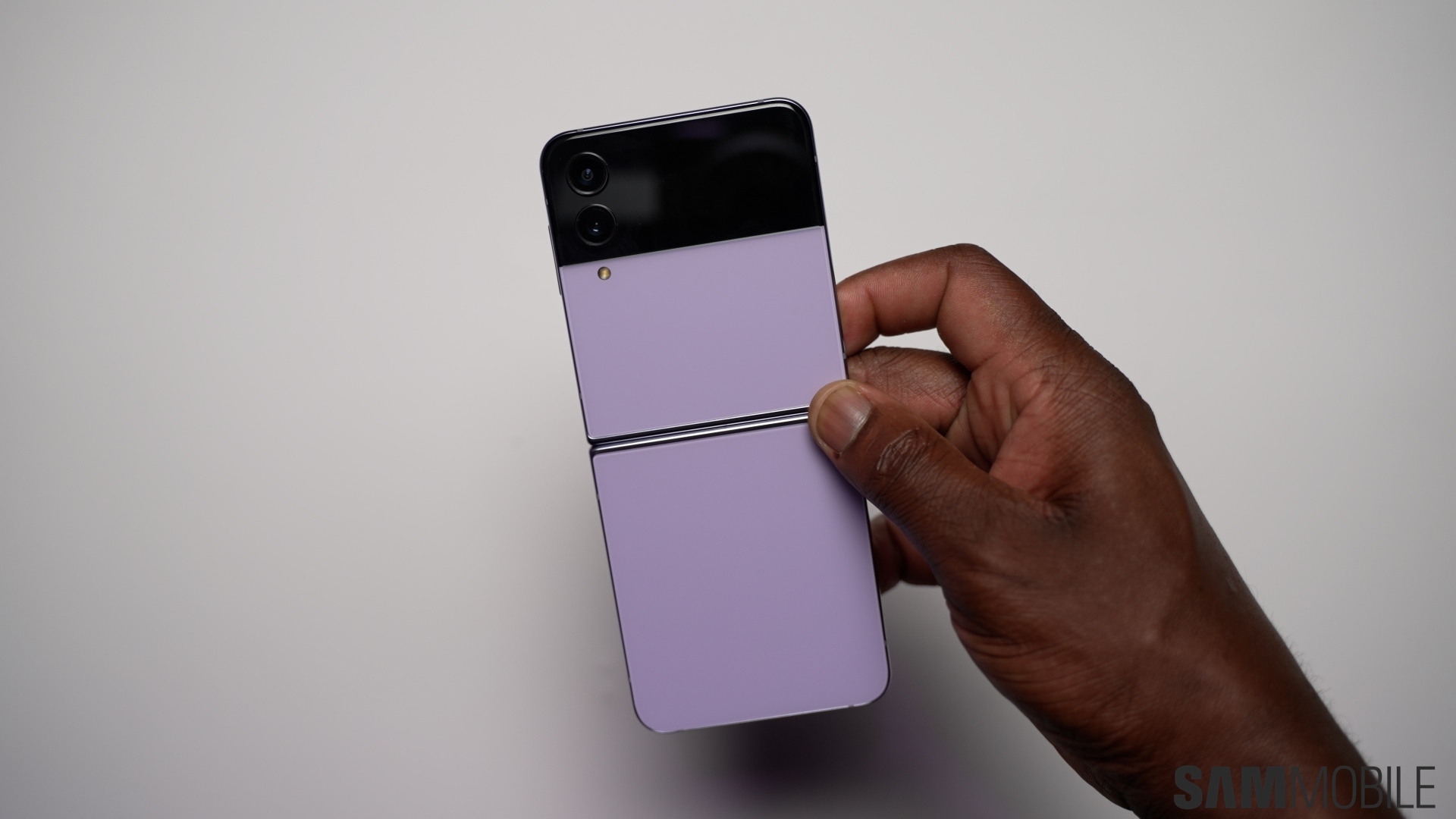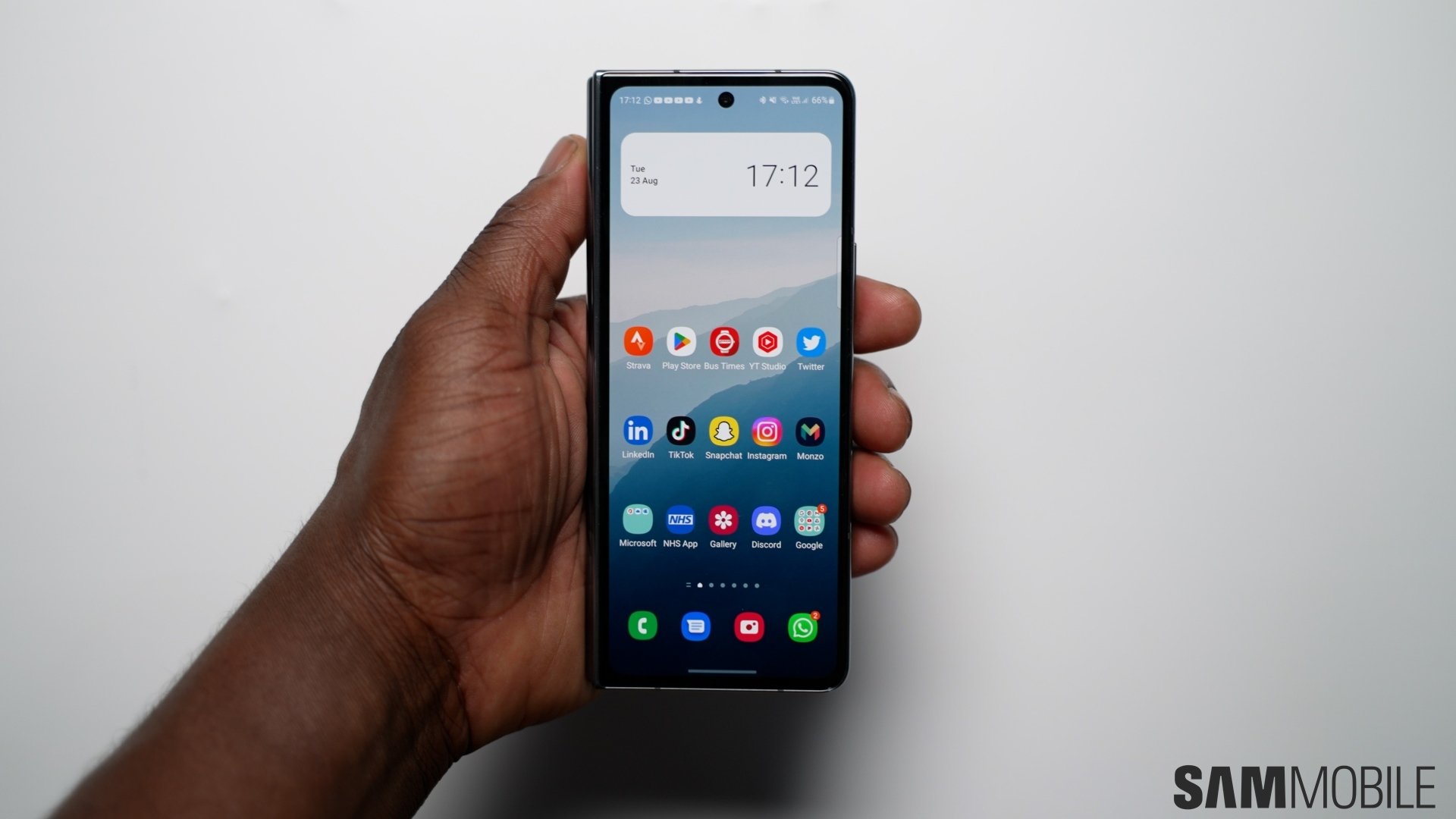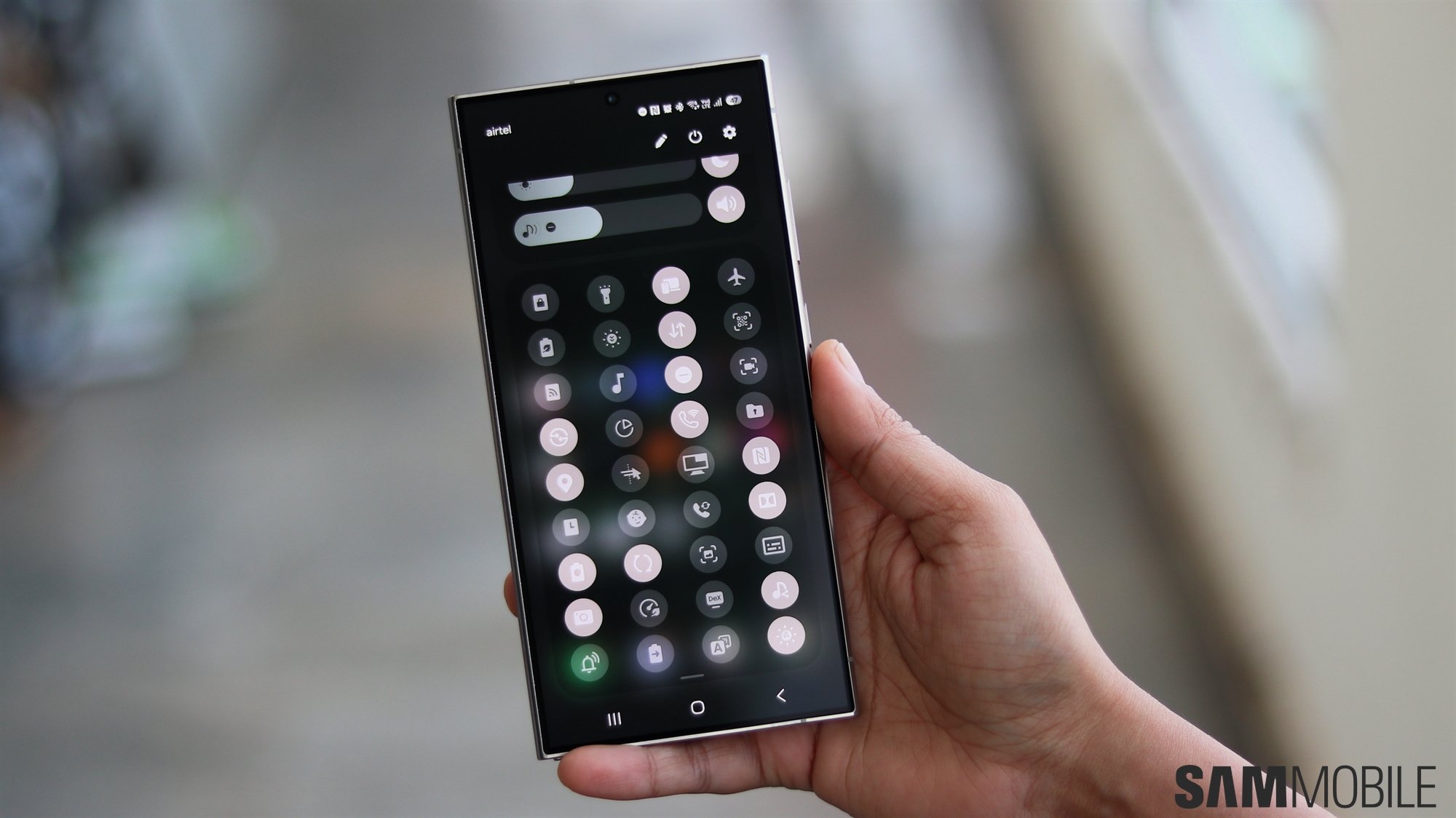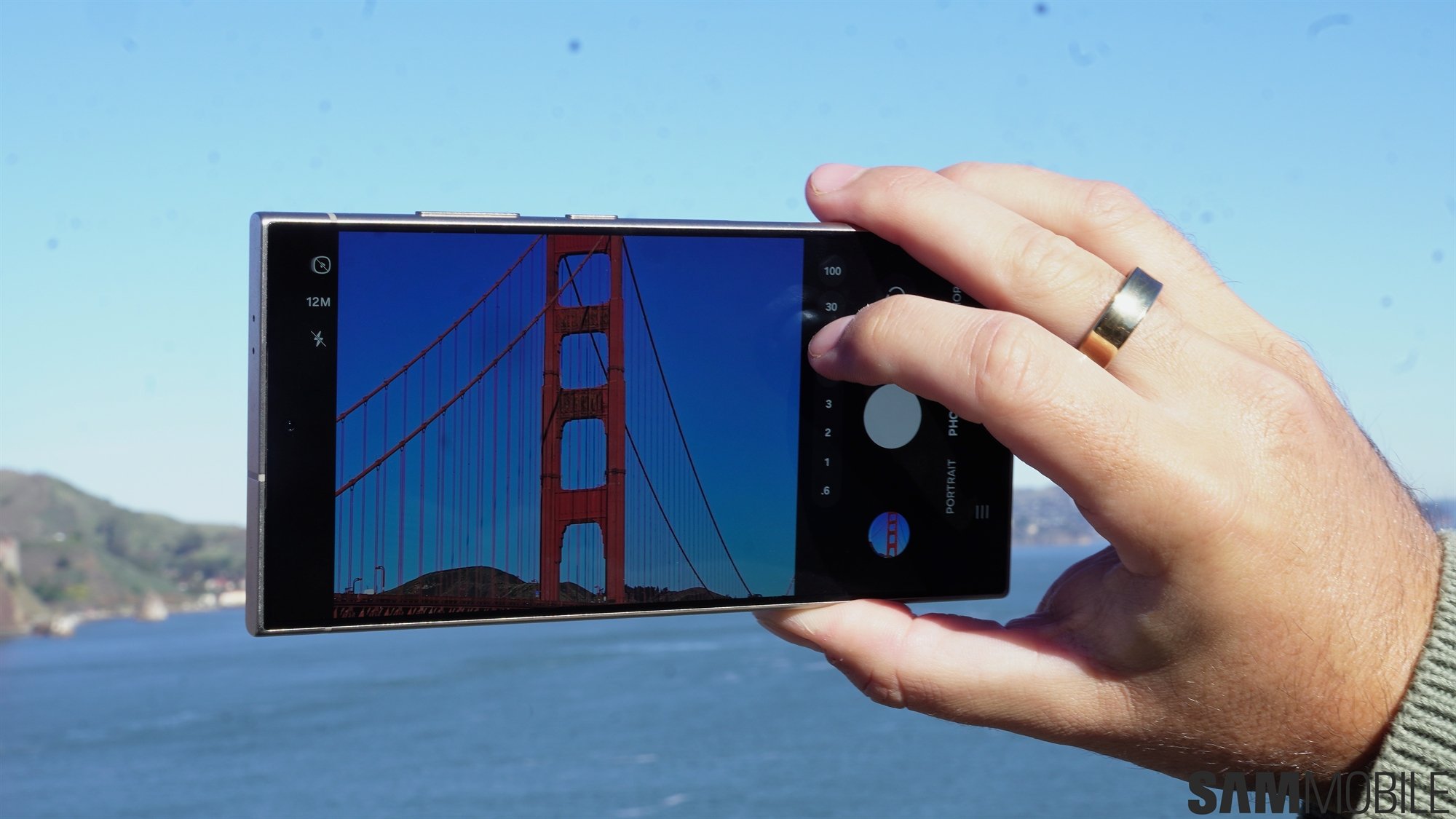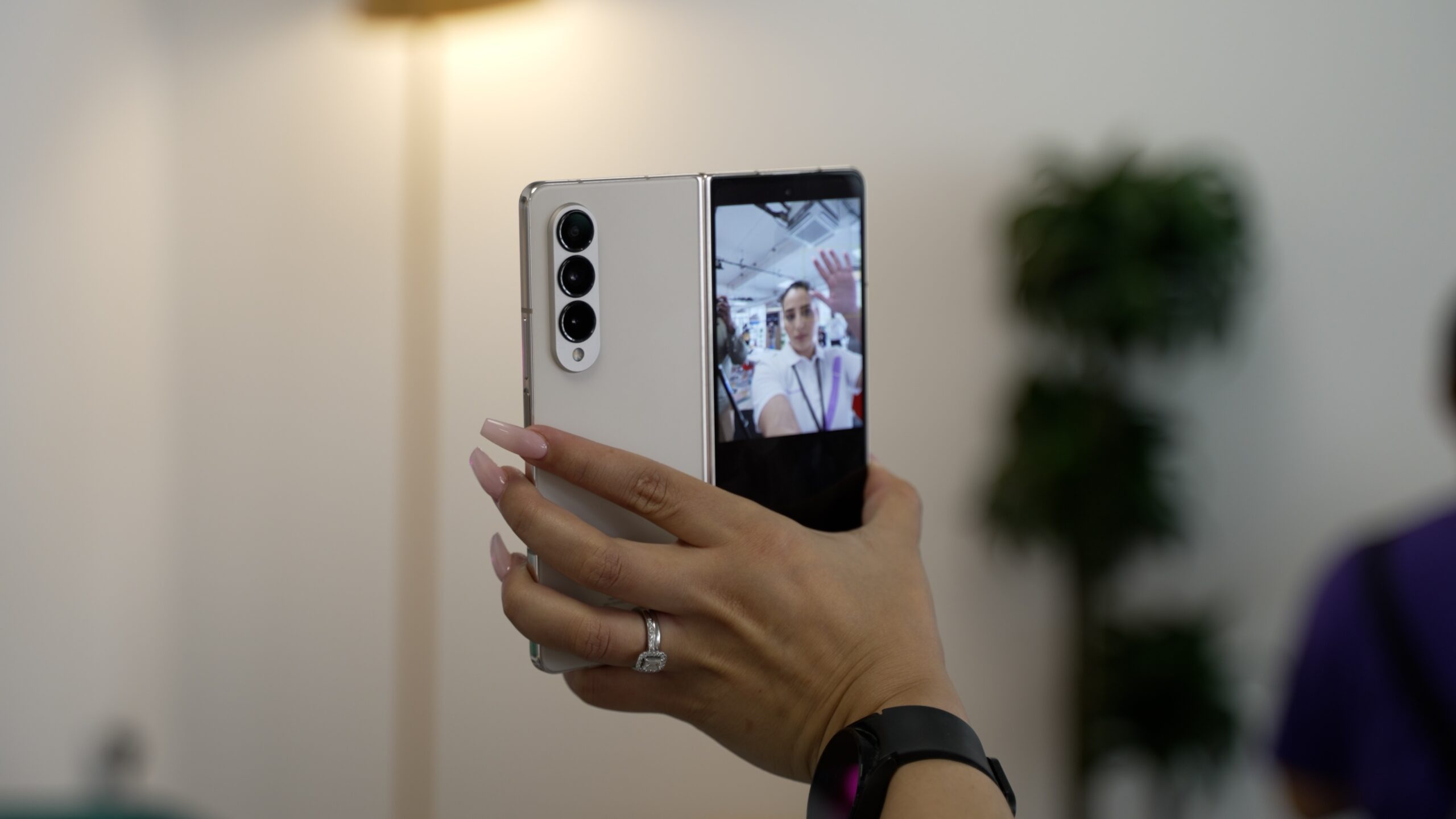
Samsung has seen considerable success with its foldables over these past few years. Sales have continued to go up every year as the company has made noticeable improvements to performance, functionality, and durability. It's safe to say that these devices have gone from strength to strength with each iteration.
The Korean giant's focus on foldables has also forced other players to come out with their own foldable smartphones. There are plenty of challengers from China now but their ability to compete with Samsung remains limited due to various factors, including their inability to compete in the United States. The new Google Pixel Fold is perhaps one of the first true challengers for the Galaxy Z Fold series in the United States. Motorola has also recently come out with its latest Galaxy Z Flip challenger.
Samsung continues to have better success than most in this market. It's the dominant supplier of foldable smartphones across the globe. None of the challengers have been able to make a significant dent in its market share so far. That may only change once Apple throws its hat in the ring, but there's nothing to suggest as yet that we'll see a foldable iPhone in the next few years.
With that being said, it's also true that foldables haven't become as ubiquitous as one would have expected them to by now. For example, you'll see a Galaxy S23 Ultra far more frequently in the wild compared to a Galaxy Z Fold 4 or Galaxy Z Flip 4. It's may not be entirely a matter of cost, either, since the base Galaxy Z Flip 4 is cheaper than the Galaxy S23 Ultra. It's evident that foldables aren't resonating with customers as much as Samsung would like them to.
What could be the reasons why a lot of customers aren't simply giving a damn about foldable phones, regardless of whether they're made by Samsung or somebody else? It could be the fact that a lot of people are naturally resistant to change. They're used to their conventional-style flagship phones so they'd much rather spend $1,000 or more or a Galaxy S flagship than consider buying a foldable.
Perhaps the merits of the form factor aren't being sold to them well enough that they don't even feel the need to take a chance on a foldable phone. They must be given a very compelling reason to ditch something that they've known for over a decade for the unknown. It's worth noting that the vast majority of customers aren't that tech savvy and don't follow tech blogs or YouTube channels for a living. For them, the concerns about having to relearn or adjust to a new form factor might outweigh any potential benefits that could be obtained as a result.
It does seem that much of the conversation around foldable phones has been about the uniqueness of the form factor. It's high time that the conversation went beyond the simplistic selling point that these are smartphones that fold in half, so something that's a bit more concrete and compelling enough to get the average customer to give a damn about foldable phones.
There are also some fundamental shortcomings that Samsung needs to address so that its foldable phones can attract more customers. It's no secret that the cameras on Samsung's foldables are falling behind. Customers who prefer the best camera technology won't buy the Galaxy Z Fold or Galaxy Z Flip, they will naturally gravitate to the Galaxy S Ultra models. It seems rather odd that Samsung would keep its foldables at such a disadvantage on purpose, perhaps address it could motivate a lot more customers to finally make the switch.
As more challengers emerge and there inevitably begins a race to the bottom on pricing, Samsung must do more so that its early lead isn't squandered. It must make sure that people who eventually start giving a damn about foldable phones opt for a Galaxy device instead of one from its competitors.
Samsung can also switch up the messaging around its foldables series to focus on more than just the novelty of this form factor. An overhaul of the marketing strategy for these devices can yield the desired results, as long as it's able to effectively communicate all of the reasons why someone should leave their conventional phone for a foldable.
Even if it doesn't do all that, there's still considerable momentum behind the Galaxy Z Fold and Galaxy Z Flip series that it may continue to see growth in the segment for a few years but that may stagnate after a few years, once all the tech-forward and enthusiast customers have switched. The stage must be set from now to ensure consistent growth in the years to come.












